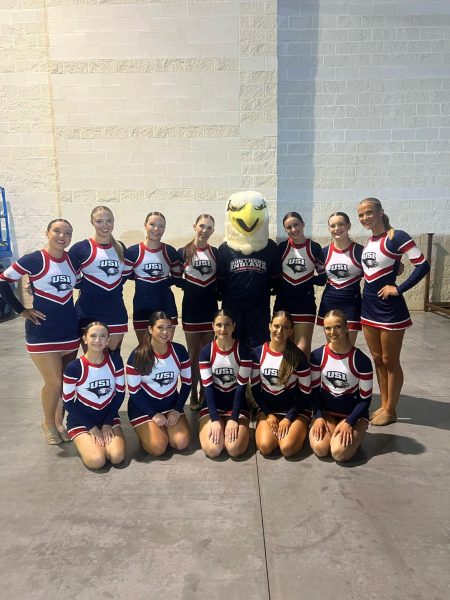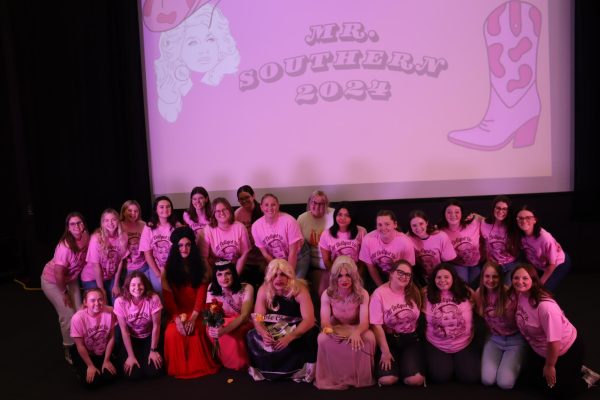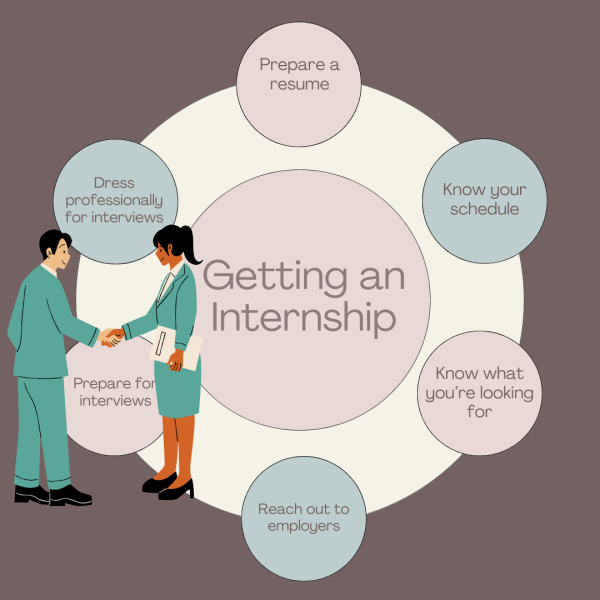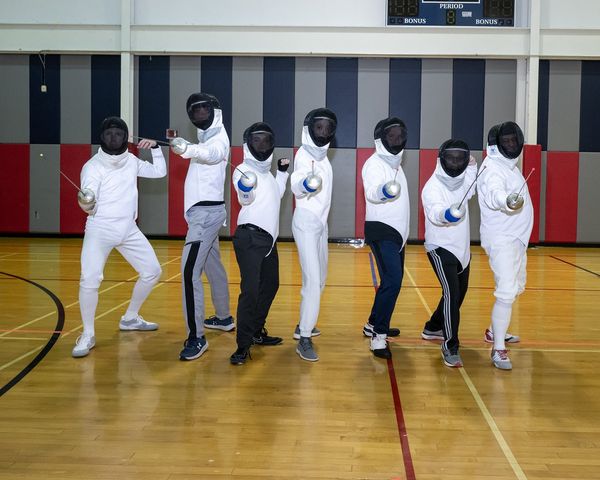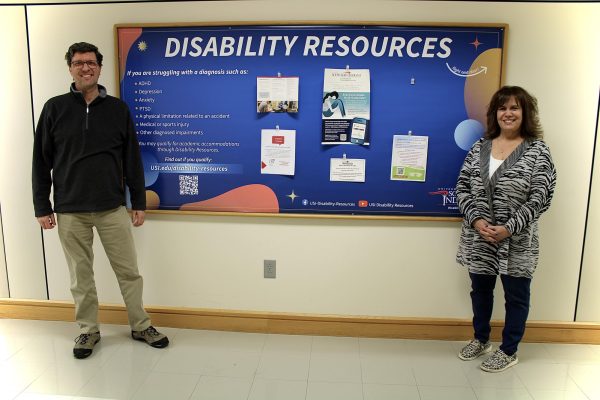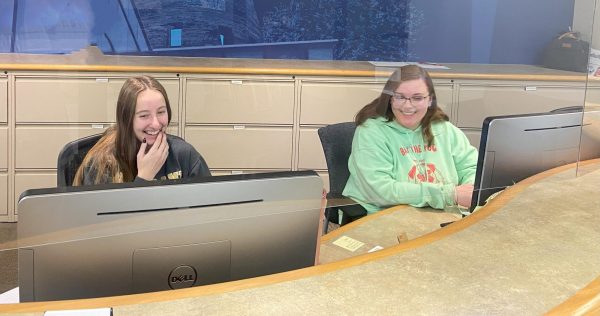Goose tails

Cristine Pyle, a senior art and international studies major, sits with Melon, the Canada goose they rehabilitated, at Reflection Lake.
Cristine Pyle was driving home when they noticed cars swerving out of the way for something on the road.
The senior art and international studies major was tired after working a double at O’Charley’s and wasn’t going to stop for the gosling hobbling in the middle of the Lloyd.
After debating and realizing it was likely nobody else was going to stop to help, Pyle pulled over, dumped their car supplies out of a small box, scooped up the injured gosling, and drove it home.
The gosling needed medical attention.
The bottoms of its feet were burned from walking on the concrete in the 90-degree weather, and part of the webbing in its foot was torn.
“I called Animal Control and all the veterinary emergency places in Evansville because it was on a weekend, and none of them gave me any good advice,” Pyle said. “They didn’t say what to do, and they were just like, you’re kind of on your own, nobody in this area deals in waterfowl.”
Pyle realized the only option was to keep the gosling until its foot was healed.
At the time, Pyle didn’t realize it was illegal to keep a Canada goose since they are a nationally protected species. Pyle just thought they were doing the right thing.
Pyle named the gosling Melon, and it wasn’t until Melon grew so big a chicken coop needed to be built for it outside that Melon’s presence become known in the neighborhood.
Three months after Pyle first rescued Melon, a conservation officer showed up on Pyle’s doorstep.
“He points at the goose and he said, ‘You know this is illegal to have this.’ I had no idea and I said that to him. He told me I was going to have it get rid of it in four days, and obviously, my aunt and I were crying a bunch because we didn’t know what to do.”
Pyle asked if there was any way they could get a license or permit to keep Melon until he was fully healed, but was told Melon looked healed enough and needed to go.
“I didn’t know what to do,” Pyle said. “Everyone offered like a bunch of really good solutions, except they were hours away. I would have to drive super far, and all the places I called they said they said that they couldn’t take a Canadian goose because it is a nationally protected animal.”
Finally, Pyle decided USI would be the best place to bring Melon.
“I figured I could see him every day and bring him food,” Pyle said. “Plus, it’s not too far away from where I am living right now.”
Pyle said they visit Melon at least twice a day, sometimes three times a day.
“I have food in my bag right now that I am going to try to give to him after my class,” Pyle said. “Usually I stay with him for half of my lunch break, so 30 minutes to 45 minutes at least every day.”
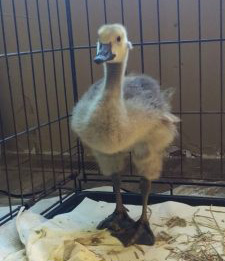
Jerrith Morrison visits Melon every chance he gets.
The senior graphic design major first met Melon when he received a text from Pyle saying they brought a goose home.
“To me, it stressed me out that there was a goose there because although it wasn’t my responsibility it was just another stressor in my partner’s life,” Morrison said. “And something nobody is prepared to take care of.”
Despite the stress, Morrison found himself growing fond of Melon.
“I didn’t realize I was attached to the goose until we let him go,” Morrison said. “When we were leaving, he landed where we were sitting and started looking around, and that broke my heart.”
Morrison visits Melon on his lunch breaks, between classes and at the end of each day.
“I get really anxious about people treating him poorly or about him getting in traffic,” Morrison said. “So I will go out on my lunch between classes and then at the end of the day to just make sure he is eating, drinking not running around in traffic.”
For a while, Pyle and Morrison had an issue with people bothering Melon. Because Melon is rehabilitated, he is friendlier than a normal goose, which led to people trying to pick him up and chase him around.
Pyle and Morrison have done their best to educate everyone on Melon’s situation, and most have been respectful.
“Pretty much any time I go out to see him and other people stop by and ask what I am doing or just check in, I just give the basics. Don’t feed him bread, you can come near him but give him his space,” Morrison said. “It was the biggest problem the first couple of days being crowded by big groups of people, and it really stressed him out I think, so I tell them he’s rehabilitated so he’s friendly, but he does need to integrate into nature.”
Pyle hopes to move to the northwest after they graduate where there is an abundance of open green spaces. Pyle hopes to bring Melon, allowing him to wander around the property of his own free will, accompanied by chickens, ducks, pigs and cows.
“It’s hard because if he makes it here I want him to stay here, and we have the whole year to see if he’s fine healthy happy all of that stuff,” Pyle said. “If he is, I’m not going to try to take him away because he likes people and the ducks and the whole area around here. It’s a beautiful campus.”

